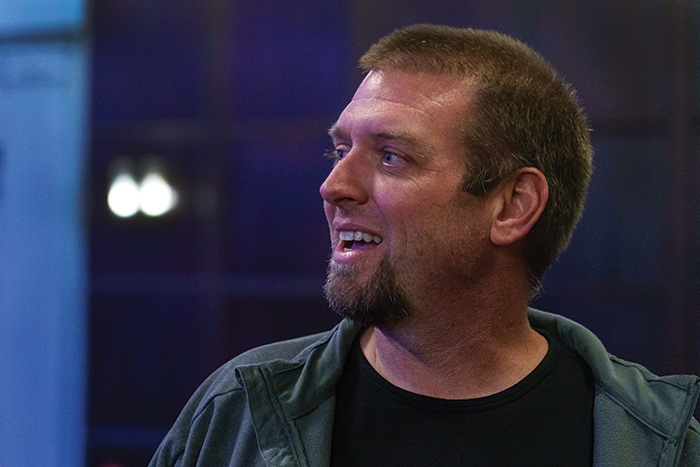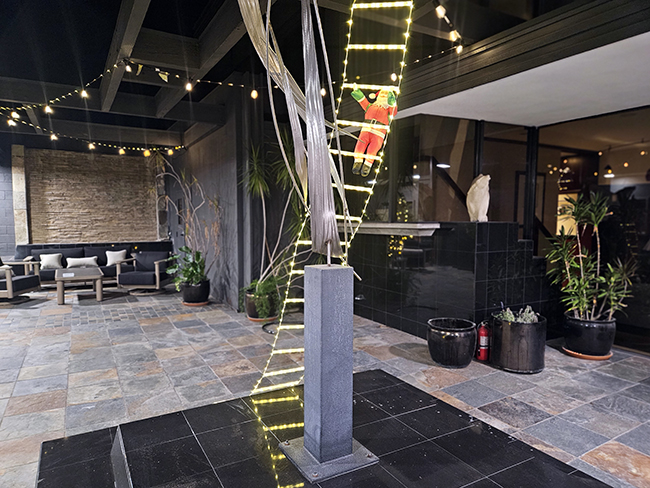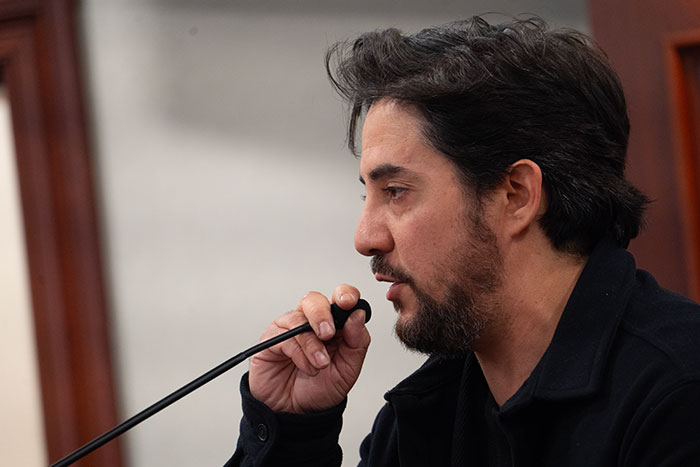Viewpoint: Aspiring journalist attends Nation Fund conference

Illustration/courtesy of Liberties EU
by Madeleine Farr
The Nation Fund for Independent Journalism held its annual conference for student journalists May 30 in New York City. As one of Claremont’s many aspiring student journalists — and, luckily, a lifelong Brooklynite — I had the pleasure of attending.
The Nation Magazine, first published in 1865 in the United States and founded by abolitionists, promotes independent journalism as an essential tool in cultivating equity and democracy. Over the last half century, the magazine has also empowered the youngest generations of journalists to enter the industry confidently with the establishment of The Nation Fund.
The conference, empowered by funding from the Puffin Foundation, featured speakers from a wide range of independent publications, including The Guardian, Jacobin, THE CITY and Teen Vogue. While I just had to hop on the A Train for 30 minutes to reach Greenwich Village and The New School, where the conference was held, many attendees traveled long distances to be there.
The space only allowed for 100, but many more attended via Zoom. The 8:30 a.m. to 8 p.m. conference included panels, breakout discussions, and opportunities to connect with fellow aspiring journalists. Several current and former employees of The Student Life, the Claremont Colleges’ most prominent student-run newspaper (and the oldest of its kind in Southern California) were in attendance, myself included.
I recently completed my third semester with The Student Life, the first two at its copy desk and the most recent as senior news editor. As an aspiring journalist and a rising junior at Pitzer College studying politics and writing, I was unsurprised to find that many speakers centered some of the most pertinent current issues in the United States: artificial intelligence; income inequality; and the Trump administration’s strategic repression of the fourth estate.
In the session titled “Media Since the Millenium,” THE CITY Editor Richard Kim and Guardian Editor Betsy Reed discussed AI’s emerging role in the journalism industry.
Though fascinating, this particular panel left me somewhat unsettled. Reed said she predicted that publications would begin to use AI for spot stories and breaking news; in other words, copy that focused on the journalistic essentials — who, what, where, when, and why or how — and embraced objectivity.
Kim agreed this prediction was certainly plausible and perhaps beneficial to the news industry (as some resources once allocated to breaking news could then be put to more complex endeavors, such as investigative reporting). However, he also recognized how this wasn’t ideal for the next generation of journalists — including those sitting right in front of him — as many novice reporters begin their careers by producing short-form breaking news content.
As I listened, I grew concerned about my future in the news industry, and more importantly, journalism’s essential humanity. I hope to pursue journalism following graduation, and it feels like right now all I can do is hope that AI doesn’t get there first.
Simultaneously, I understand the importance of investigative journalism in holding powerful people and institutions to account, especially in the Trump era. Without investigative reporting, who knows how long it would have taken Watergate to surface? We can thank Carl Bernstein, Bob Woodward, and the Washington Post for that. How many more years would sexual abuse run rampant and unchecked in the Catholic Church without the Boston Globe’s Spotlight team?
I remain conflicted: am I being selfish by hoping AI hasn’t taken entry-level journalism jobs by the time I graduate if it means editors can grant more resources to investigative reporting?
While the professional panels were certainly thought-provoking, I was grateful the conference provided informal breakout sessions with Nation employees — many of them less than a decade older than us attendees.
I was in a group guided by Nation Special Projects Editor Ludwig Hurtado. Named on Forbes’ 30 Under 30 list for the media industry this year, Hurtado boasted an impressive resume. But he leveled with us, confirming what many attendees wondered about: the journalism industry is tough. It requires grit and imposes financial pressures on many young people hoping to develop their byline and inform their communities.
I do worry about my future in journalism. But I’m incredibly lucky in that I have a family with resources to support me. Local newspapers, however, face a larger challenge. I’ve contributed to several small publications since I began my journalism career in high school; even in the wealthiest neighborhoods and in the most elite of educational institutions, these publications suffer from a lack of financial resources.
Speakers and organizers at the conference seemed to understand that much of what we were learning was incredibly disheartening. Their main source of hope, many shared, was that despite its challenges, the journalism industry still includes innumerable fearless and bold publications, editors and writers. Furthermore, young people still aspire to journalism, as evidenced by the 100 of us present in the room.
Finally, I cannot overstate the importance of supporting your local community newspaper in any way you can.
More information is at thenationfund.org.
Madeleine Farr, a rising Pitzer College junior studying politics and writing, is senior news editor at the Claremont Colleges student newspaper The Student Life.










0 Comments